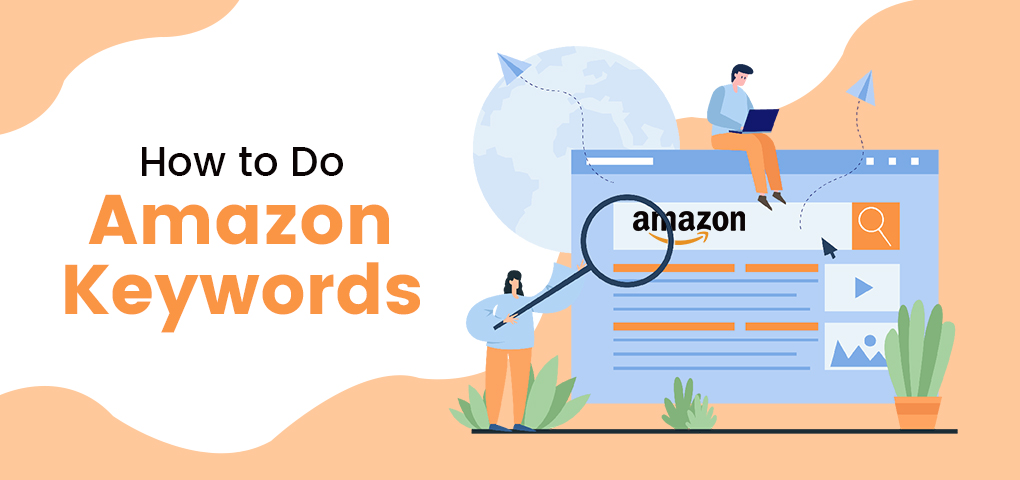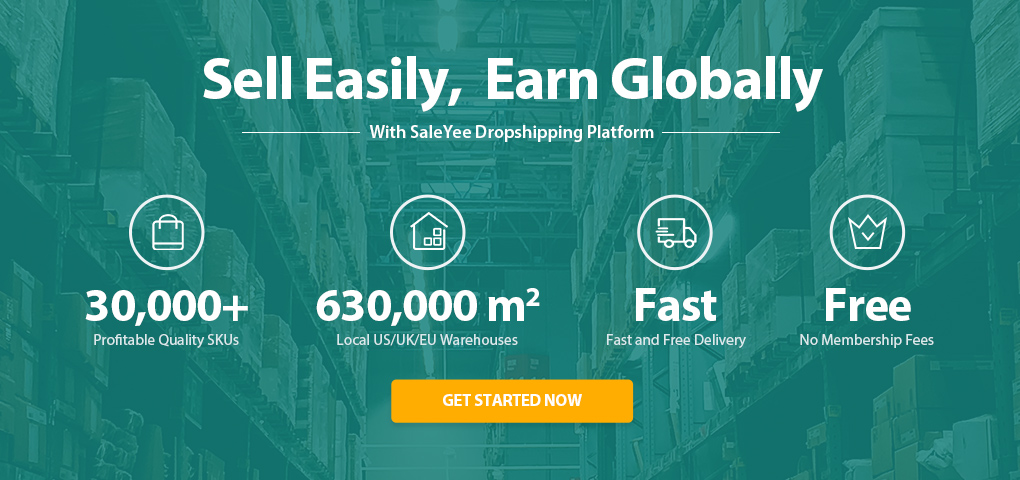Choosing the right niche, keywords, reputable dropshipping suppliers, fast-loading websites, to name a few are all recipes to achieving success in eCommerce. Keywords, particularly, have helped brands and businesses improve their ranks on Amazon and other search engines. Like email marketing that never fades, keywords are as important in the future of eCommerce as they were in the past. In this short guide, I will show you how Amazon keywords work and how you can use them to improve a higher rank as an Amazon seller.
As a seller on Amazon, you cannot afford to ignore SEO in your marketing strategy. Many people think SEO is mainly for Google, Bing, Yahoo, and other search engines. On the contrary, Amazon, the world’s largest eCommerce marketplace has its search engine operating based on its A9 algorithm. As long as shoppers search by either typing a query or making a voice query into Amazon’s search engine, understanding keyword research and how the Amazon search engine works can help you boost your discoverability.
Now, what is Amazon keyword research?
Amazon keyword research is the process of finding all of the possible search engine queries which people are looking for on Amazon. Amazon keywords are search words and phrases [terms] that people type into the Amazon search bar when they want to buy something they can’t find. For example, if you have an online store where you sell “Children Socks”, and someone searches for “children socks” on the Amazon search box, then, “children socks” is the Amazon keyword. However, there are keyword phrases that can also be referred to as “long-tail keywords”. These are used for specific searches, e.g. “long blue children socks”. The idea is to use Amazon search terms optimization to boost sales, increase discoverability & brand awareness on Amazon.
How do Amazon keywords drive your sales?
As mentioned earlier, Amazon uses a sophisticated algorithm called “A9”. When a buyer types a query into the Amazon search box, the Amazon algorithm presents the most relevant results on a first-page ranking. That’s not all it does. As an intelligent machine, the Amazon algorithm studies shoppers’ searching patterns to provide suggestions on their search terms. Sometimes, a shopper may be more specific about his search that he uses a key phrase. In this case, Amazon bases its suggestions on other customer search terms, using the “Autocomplete” feature. Sellers using both keywords and key phrases have added advantages over those who use mere keywords. The more relevant Amazon search terms a seller use, the higher his chances of reaching your customer base. If the results are good, customers will not search beyond the first page since they’ve found what they are searching for. Remember, the idea is to sell things quickly on Amazon. If you include the right Amazon search engine keywords:
- Your discoverability increases
- Your conversion rate rises
- Your target audience will find your listing and you will get more sales
How to make keywords work?
If your product listing description can contain relevant Amazon search terms optimization, shoppers will be convinced to buy. Hence, sellers must make the most of their product listing description. How?
Competitor Research: One of the easiest ways to become successful is to follow the pathways of successful people. Instead of trying different things that won’t work, why not research your competitors’ stores and learn what Amazon search terms they are using. Study how your competitors write their titles & descriptions. Learn what works for their listings and implement it accordingly into your store.
Bullet Points: Including FAQs in your product listing description is a unique way to convince people to buy. In the “Technical Details” section, use bullet points to answer potential questions that your customers would like to be answered when placing an order. You want to answer questions like: What are the key features of your products? What makes your product unique? Etc.
Product Title: Writing catchy product titles isn’t enough, adding Amazon search engine keywords to your product title gives you more edge over other competitors.
Product Description: Ensure that your product description is unique, concise, and should contain relevant Amazon search engine keywords you didn’t use in the title.
How to do Amazon keywords
Are you learning something? If yes, it’s time to identify the right Amazon keyword research to use when listing your product online.
- Similar products
You might find some keyword ideas from related items that shoppers are looking for. Research what other items your customers buy each time they shop.
- Amazon search bar
You know I said Amazon pops up suggestions for you when you try searching in its search bar? Simple type something related in the Amazon search bar and note what suggestions pop up.
- Amazon search terms using keyword research tools
As the world’s largest eCommerce platform, Amazon has research tools that help sellers pull data from Amazon websites. All you need is to input a single keyword or key phrase into the research tool and it will provide you with tons of keyword and key phrase options. Keyword Tool for Amazon, Sonar, and Ubersuggest are a few options to try out.
- Use other keywords search tools like Google Trends, Google Search Console Keywords, Google keyword planner, and Google Analytics
Outside Amazon, you can use Google trends – a popular keyword tool by Google – to search for popular keywords that might work on Amazon. Sellers shouldn’t forget that customers search for items on Google as they’d on Amazon. Ignoring this channel might not be a good idea. Analytic tools like Google Analytics can give you meaningful keywords data that will drive traffic to your store. Google Search Console Keywords is a good place to get the top 1,000 keywords for your Amazon products. Google keyword planner can also help you plan keywords to boost your product rankings.
- Competitor Keyword Research
It makes sense to search for keywords and key phrases that your competitors are using. This can help you rank on the same page as your competitors. But do you know who your competitor is? A business may be your competitor if they are ranking above your site in searches that appear similar to what you offer. If you still don’t know your competitors, you can create a questionnaire asking specific people [who are not your target customers] who they feel your competitors are.
Bonus tips: begin your dropshipping adventure with SaleYee
If you don’t have the capital to stock an inventory and want to sell online, dropshipping can be an option. Dropshipping is an online business model that allows you to sell online without stocking an inventory, renting a warehouse, or fulfilling orders. All you need is to create an online store, find the right niche, and research the right dropshipping supplier. Once you get an order in your store, the order is transferred to your dropshipping supplier who then ships the order to the address provided. Seems easy right? Not so fast. Finding a reputable dropshipping supplier can be challenging due to several reasons. Fortunately, the SaleYee dropship platform seems to check all the boxes for a trustworthy and reputable dropship company. What is SaleYee?
SaleYee is a reputable dropshipping and wholesale company based in China. This platform is ideal for retailers who are just getting started and experts alike. On this platform, you will find thousands of profitable SKUs that can drive sales with ease. When it comes to customer satisfaction, the SaleYee platform is exceptional. The customer support team is responsive and thanks to its 650,000+ sq.m. local warehouses, your customers are sure to get free and fast delivery. If you want high-quality products with high-profit margin and professional services from the best suppliers, then the SaleYee platform should be your next destination.
Check out other outstanding features of the SaleYee platform:
- Free membership & huge discounts
- Easy integration with eBay, Amazon, Walmart, Shopify, Wish, and the likes
- Up to the 3-Month after-sales period
Getting started is as simple as signing up; no hidden charges, no membership fee – just sign up and get unlimited access to reputable wholesale dropshipping suppliers.
Conclusion
Now that you’ve learned how to do Amazon keyword ranking, you can start keyword research and increase your brand awareness and drive sales. While there is no guarantee your store will secure a first-page ranking on Amazon, your site will move from the bottom to the first few pages.


